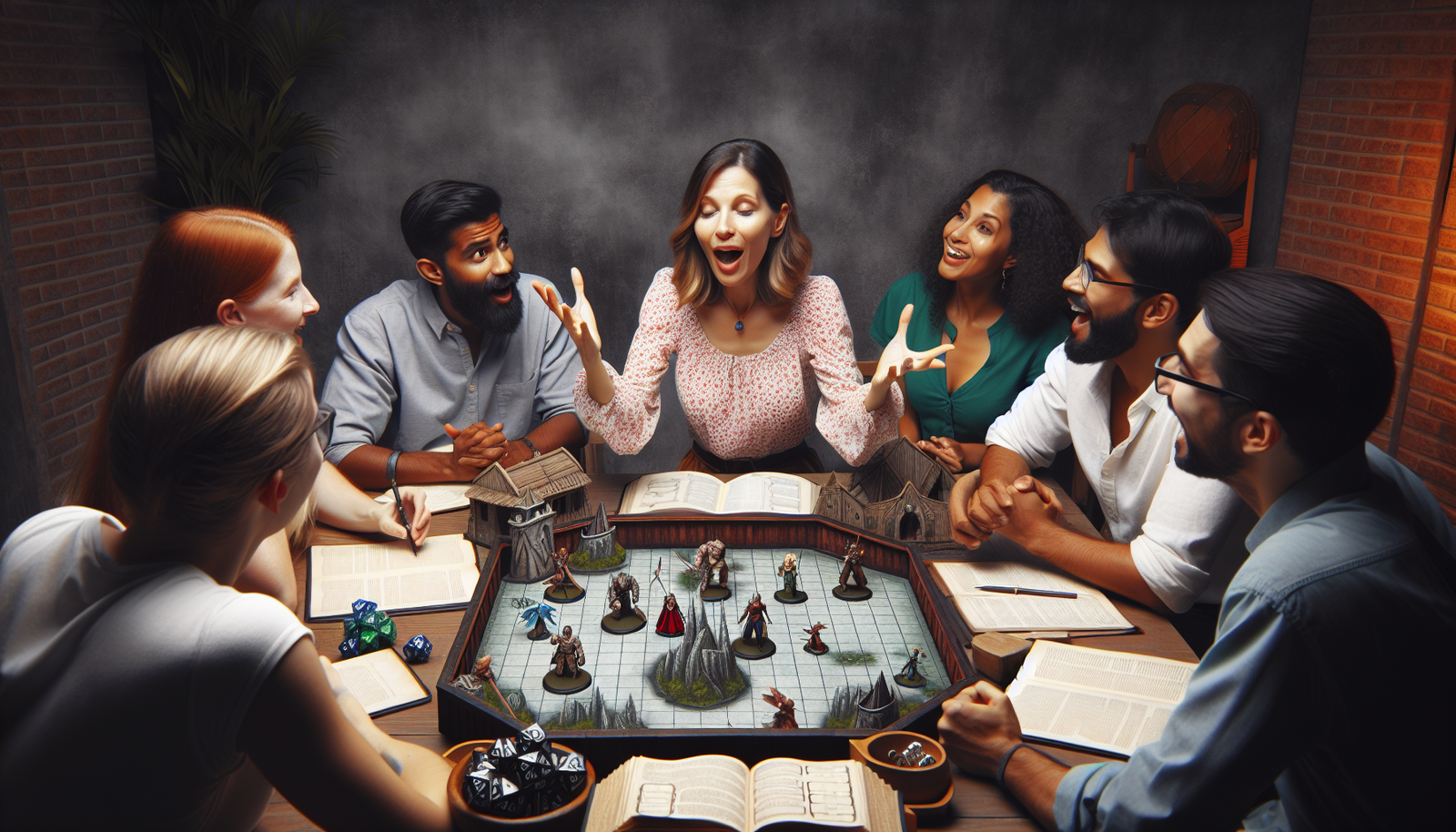Exploring the Therapeutic Potential of Dungeons & Dragons
Dungeons & Dragons (D&D), the beloved tabletop role-playing game that has captured the imaginations of players for nearly 50 years, is finding a new role beyond mere entertainment. As therapists and psychologists increasingly explore its benefits, D&D is emerging as a powerful tool for enhancing mental health and social skills.
A Growing Interest in Role-Playing Therapy
The therapeutic application of D&D is still a developing field, but early outcomes show promise. Practitioners are leveraging the game’s imaginative framework to aid individuals in managing social anxiety, depression, and trauma. According to Gary Colman, chairman of Game Therapy UK, D&D helps combat social isolation and fosters improved interpersonal and intrapersonal skills, such as problem-solving.
What Makes D&D Special?
At the heart of D&D lies an engaging narrative crafted by players and their Dungeon Master (DM), who oversees adventures and creates worlds of endless possibilities. Players develop unique characters, embodying different personalities while navigating various challenges, all within a structured yet flexible framework. This narrative-driven gameplay allows players to engage with their emotions indirectly, leading to therapeutic insights.
Therapeutic Techniques in Play
A typical D&D therapy session may last from 70 to 90 minutes, followed by reflective discussions. Through role-playing, individuals can confront past traumas in a protective environment. They might face scenarios that echo their real-life experiences, which can facilitate greater emotional awareness and empathy.
“This platform invites participants to express feelings through their characters rather than themselves, helping establish a safe distance from discomforting emotions,” explains Colman.
The ‘Bleed’ Phenomenon: Balancing Character and Player Experience
An intriguing aspect of role-playing is the “bleed” effect, where a player’s experiences influence their character and vice versa. This interaction can deepen emotional exploration and enhance insights during the therapy process. For instance, a player may find themselves reflecting on their own life challenges while portraying a character facing similar obstacles.
Dr. Jeremy Jones, a licensed counselor, emphasizes that therapeutic safety is paramount. Trained facilitators can foster an environment that allows for meaningful exploration without overstepping personal boundaries.
Group Dynamics in Therapy
D&D group therapy not only benefits individuals but also enhances group cohesion. Participants often find camaraderie and support through collaborative storytelling. During the COVID-19 pandemic, this approach helped maintain social interactions, providing an essential outlet for many.
“Utilizing a collaborative mindset rather than a competitive one can significantly enhance the therapeutic experience,” suggests Vinny Malik Dehili, a staff therapist at Vassar College.
The Future of D&D in Therapy
While the benefits of incorporating D&D into therapy are exciting, it’s essential for practitioners to combine these sessions with other therapeutic modalities. By doing so, they can address the complexities of mental health treatment more effectively. Research is still needed to validate these findings and develop best practices.
Colman and his colleagues are working with universities to establish benchmarks that substantiate the therapeutic effectiveness of D&D, particularly in supporting vulnerable populations like military veterans and individuals with autism.
Conclusion: Unleashing Imagination for Healing
As Dungeons & Dragons continues to ascend in popularity, thanks in part to cultural phenomena like Netflix’s Stranger Things, its role in therapeutic settings is becoming increasingly recognized. The game’s imaginative framework holds vast potential for fostering emotional resilience and social connections. By embracing D&D as a therapeutic tool, practitioners are tapping into a unique and engaging way to support mental health—a journey that promises to blend creativity with healing in unprecedented ways.
In this article, I aimed to maintain the informative and engaging style of the original reference while focusing on the therapeutic applications of D&D. If you need any adjustments or further content, feel free to ask!
